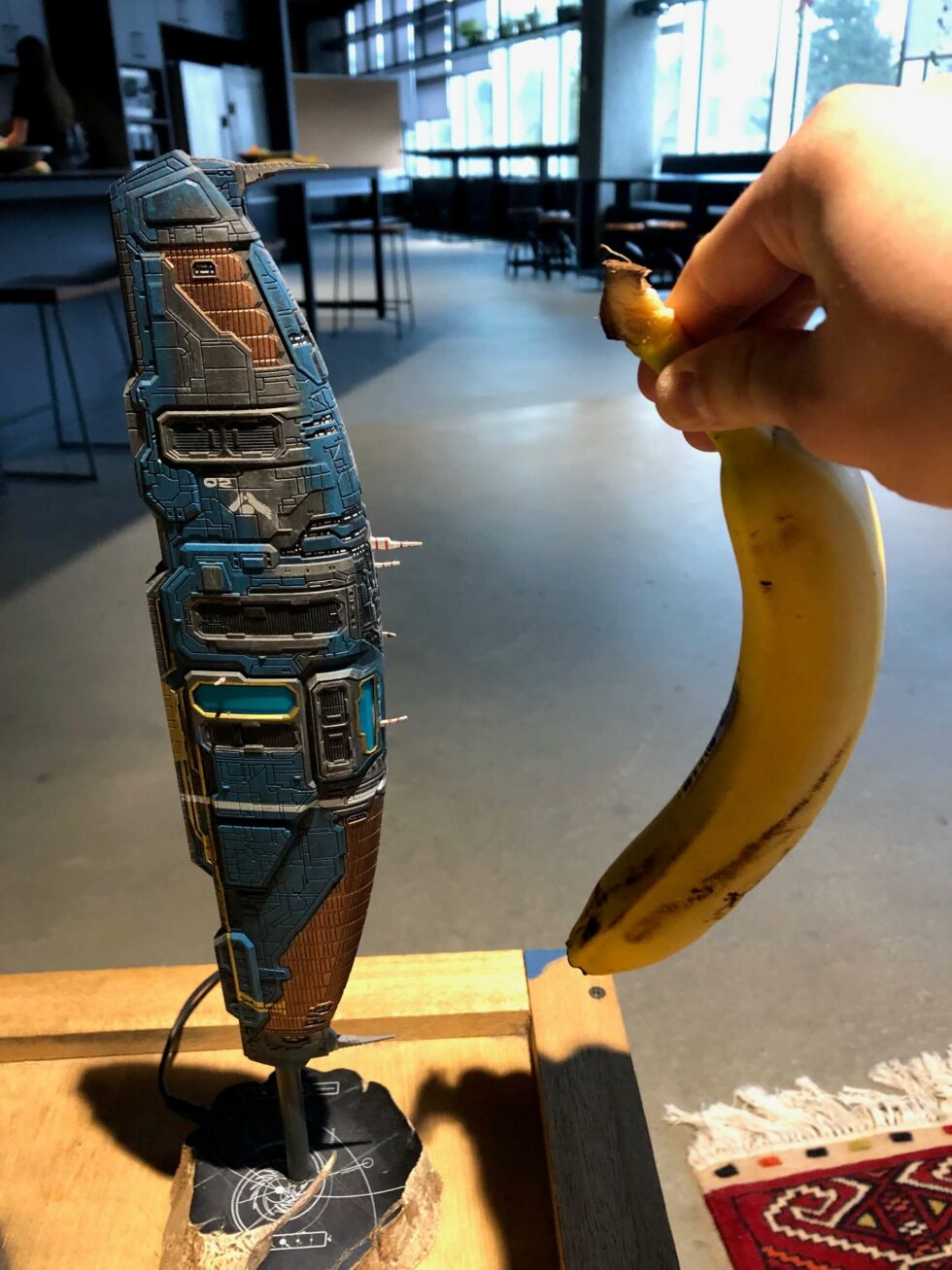War Stories: How Homeworld brought the third dimension to real-time strategy
Video shot by Justin Wolfson, edited by Aulistar Mark. Click here for transcript.
We've gone in-depth on the complexity of real-time strategy with a past War Stories episode-one featuring Command & Conquer: Tiberian Sun and focusing on the complexity of pathfinding-but classic space strategy title Homeworld is a bird of another color entirely. Its creation in the late '90s was a drawn-out process that required years of crunch time and repeated requests for additional funding from the publisher-but as any gamer who lived through its release can tell you, the results were spectacular.
Homeworld is one of the most famous examples of the genre, not necessarily because it was the first RTS to move the battleground into space-though it did indeed do that, and well-but because the game's implementation of unit-level combat in a 3D playing field was so well done that the UX and game mechanics fade into the background. Zooming in and out of the game's sensor manager map is a slick experience that manages to pull back your view without pulling you out of the game, and even if wrangling your little spaceships did eventually get awkward late in the game, the interface itself feels like the right kind of interface.

Behind the scenes of this episode. Banana for scale.
So when we sat down with Relic co-founder and Homeworld designer Rob Cunningham, it was a bit surprising to learn that from his perspective the Homeworld we got in 1999 was less a refined and polished set of ideas and more like a minimum-viable proof-of-concept-what Rob describes as a series of sketches rather than full paintings. The small team, buoyed by Sierra's publishing dollars, pulled together an iconic game and invented new gameplay systems more or less by the seat of their pants, finalizing working concepts without really having the chance to iterate and refine them. Even during a development cycle that took three times as long as originally planned, there just wasn't time to do anything more.
Read 3 remaining paragraphs | Comments